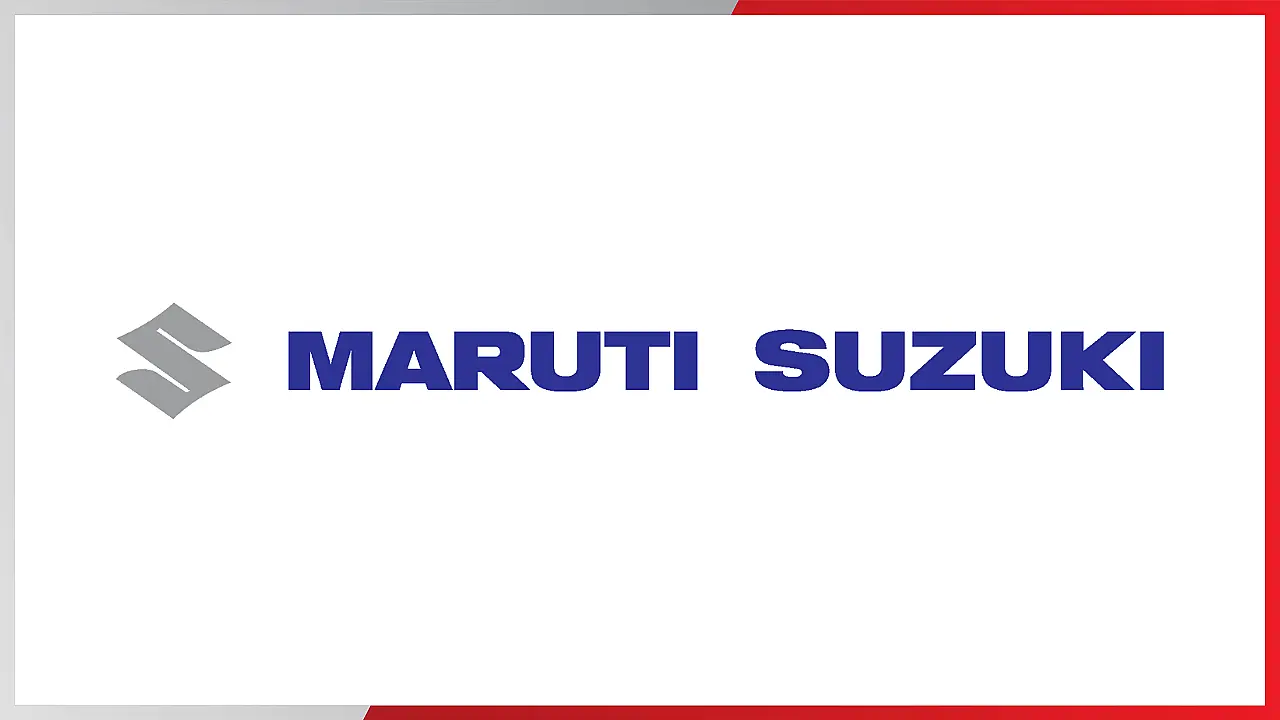
The Indian automotive market is one of the world’s fastest-growing yet challenging markets. Since the privatisation window for the country opened in 1990, many global automotive majors have tried to scoop up a sizable chunk of the Indian auto market.
Interestingly, many of them, including Peugeot, GM, Ford, Mitsubishi and Datsun, among others, had to exit the market due to not getting the desired results. However, one brand that stood the test of time is the carmaker Maruti Suzuki India.
The Government of India incorporated the company on February 24 1981, as Maruti Udyog, while Suzuki Motor joined as a minor partner in November that year. The aim was to make a people’s car for middle-class India and to rival the two automotive brands in the country, Hindustan Motors and Premier Automobiles. Interestingly, the company has enjoyed the market leader position over the following four decades.
Beginning Of A Giant
Maruti Udyog had set up its first plant in Gurgaon (now Gurugram), while its first product, the iconic 800, first rolled out of the factory in 1983. Maruti produced some more iconic brands in the decade, including the Omni and the Gypsy, along with its first sedan, the M1000, in 1990.
Interestingly, during the same decade, Maruti also set up a local component manufacturing ecosystem and exported the first lot of 500 cars to Hungary in 1987. With the privatisation law kicking in, Suzuki Motor increased its stakes in the company to 50% in 1992. This move allowed MSIL to set its foot in the Indian market even more firmly. As a result, the preceding decade saw numerous developments in production, product and services.
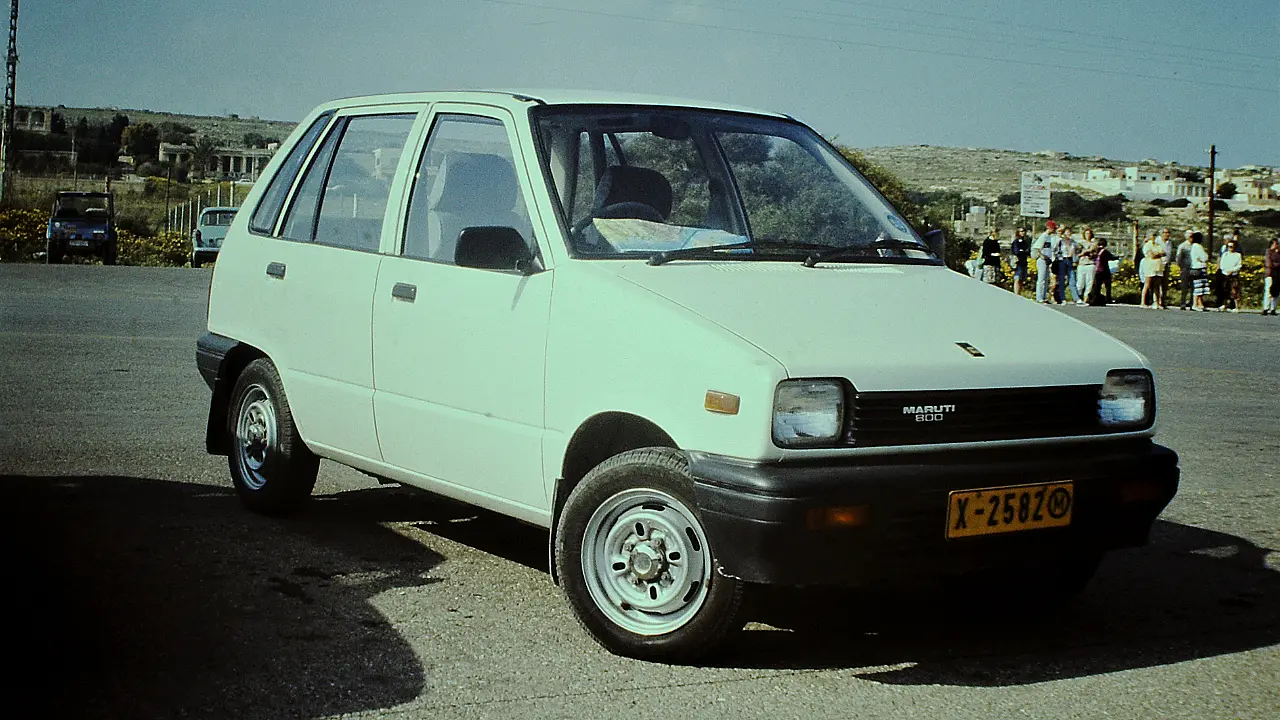
The timespan between 1990-2000 saw the development of the third phase of the Gurgaon plant along with the launch of its website for customer care and call centres. Further, the timespan also saw three more iconic products from the stable that cemented the company’s position, including the WagonR, Zen and the Esteem.
Meanwhile, in the first decade of the 21st century, Suzuki Motor Company increased its stakes to 54.2% in the company and changed its name to Maruti Suzuki India in 2007. It also saw the setting up of the company’s second plant in Manesar, Haryana, while introducing a few more services, including True Value, Maruti Finance and Maruti Insurance. Alongside, the first CNG product from the stable, the Wagon R CNG, was also introduced in 2010.
Golden Era
During the last decade, the company saw impressive growth in production and services. To begin with, Maruti Suzuki India commenced operations at its new plant in Naviyani, Gujarat. Later in 2022, the company announced its fourth plant in Kharkhoda, Haryana. Besides expanding its manufacturing capabilities, MSIL also expanded its product portfolio by entering into the commercial vehicle segment by introducing the small commercial vehicle SuperCarry.
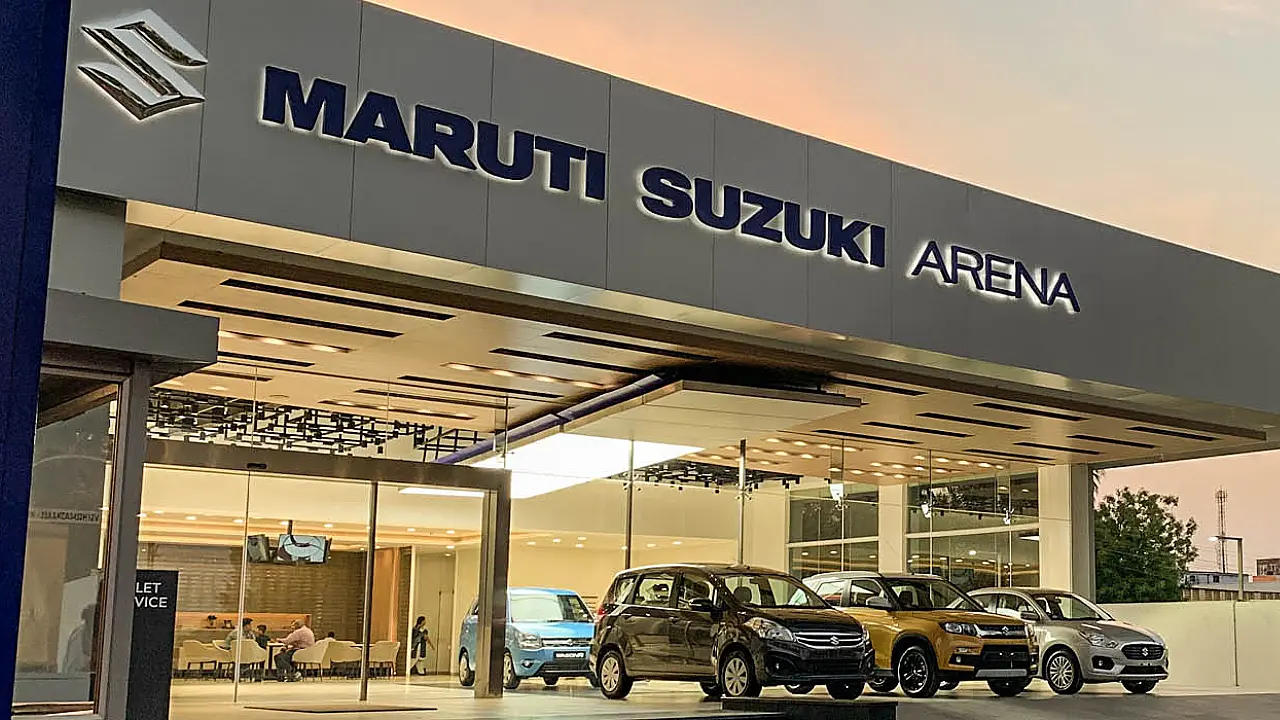
On the product side, the decade also saw a bifurcation in its sales channel with the introduction of the NEXA premium channel. With the introduction of the new channel, MSIL bifurcated its product portfolio with the premium models including the Baleno, Ignis, Ciaz and the upcoming Grand Vitara being sold through the Nexa channel, while the other products including WagonR, Celerio, Brezza, Swift, Dzire, Alto 800 and the upcoming Alto K10 being sold through the Arena channel.
Progress In The Last Five Years
The last five years for MSIL have been a bit of a roller coaster ride, mostly due to the pandemic. In FY18, MSIL managed with total revenue of INR 781,048 crore, while FY19 saw this number jumping to INR 830,265 crore.
However, for the following two years, it has been a downward turn for MSIL as it only managed INR 716,904 crore and INR 665,621 crore in FY20 and FY21, respectively. The good news, though, is that the growth trajectory since then has been on an upward scale as it closed the last financial year FY22 with sales of INR 837,981 crore. Besides sales performance, MSIL also managed a good growth in terms of environmental performance.
During FY21, Maruti Suzuki India’s 20.5% sales came from environmentally friendly smart hybrid and CNG vehicles. Within one year, the percentage jumped to 27% for these soft to nature vehicles. Other than this, MSIL has also worked on installing solar panels across its manufacturing plants. During FY19, the company had only 1.3 MWp of solar power installed in its factories which grew to 6.3 MWp and 10.4 MWp in the successive FY20 and FY21, respectively. In FY22, MSIL recorded the installed solar power at 26.3 MWp. All these improvements by the carmaker have helped it save a tonne of carbon emissions over the years.
In FY12, MSIL was reported to have saved 127,525 MT of carbon through various initiatives. Meanwhile, in the ten years, the company had taken long leaps. It is reported to have saved 1,578,728 MT of carbon emissions in FY22.
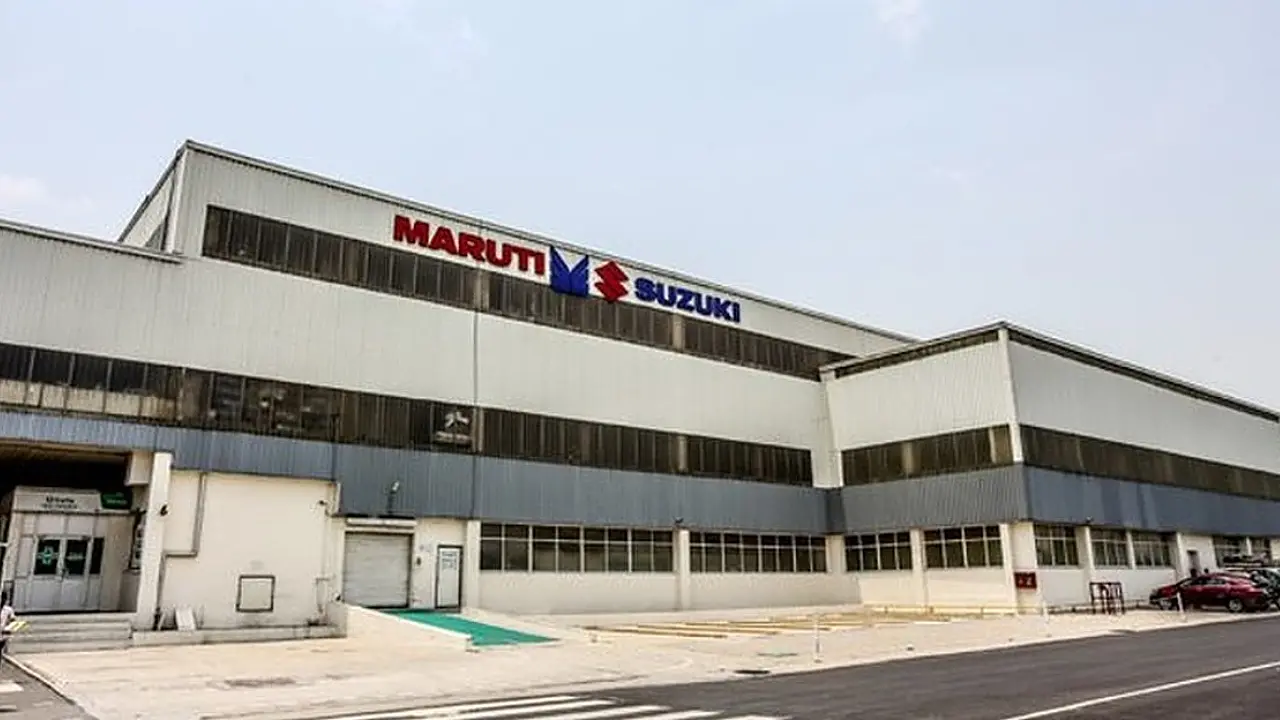
The Decade Ahead
Building on the cleaner mobility theory, MSIL aims to introduce more greener vehicles starting with strong hybrid technology in FY23. The company first showcased the technology with their new flagship, the Grand Vitara, resulting from its partnership with Toyota Motors.
Other than that, the company also aims to expand its CNG lineup further. It currently offers nine S-CNG vehicles, including the recently launched Swift S-CNG. In his maiden speech as the company's new leader, Hisashi Takeuchi, Managing Director and Chief Executive Officer, MSIL, announced that the company aims to bring out its first EV by 2025.
Other than the vehicle, MSIL is also increasing the use of renewable energy for manufacturing cars to further boost the capacity of captive solar power generation by 21.85 MWp by 2024 to reduce the scope-1 and scope-2 CO2 emissions. With this planned expansion, the cumulative capacity of captive solar power generation will reach 48.15 MWp.
In terms of recyclability, the company, in partnership with Toyotsu, inaugurated its first scrappage centre in November 2021. Now it plans to establish an additional vehicle recycling plant by 2025.
Lastly, it is increasing the use of eco-friendly modes of vehicle dispatch by railway logistics along with increasing water recycling and water conservation measures across the value chain.
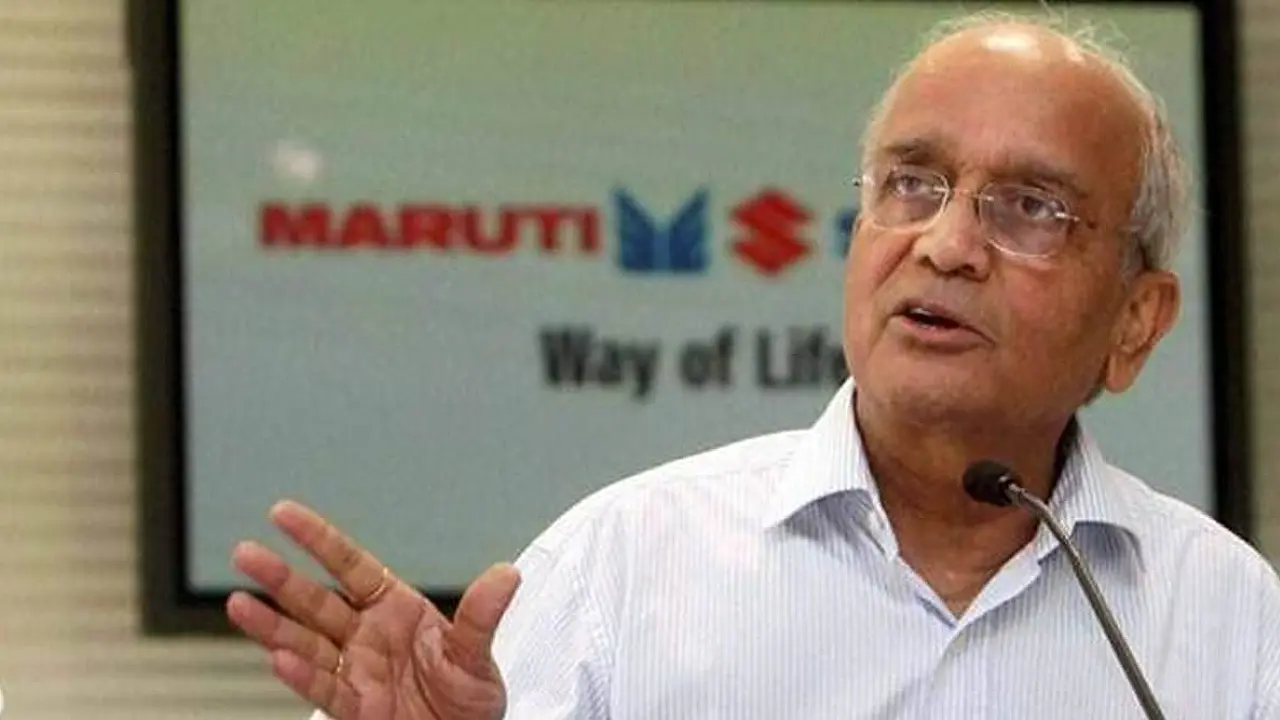
RC Bhargava, Chairman, Maruti Suzuki India, says, “The water treatment facilities at both Gurgaon and Manesar Plants are being upgraded for zero liquid discharge capabilities. We already have 26.3 MW of solar energy generation in operation in our plants at Gurgaon and Manesar. There is a plan to add another 21.85 MW by 2024.”
Interestingly, at the Kharkhoda site, MSIL plans to install another 20 MW of solar energy from the very beginning. Besides, not particularly a step towards green mobility but to expand its market share, the company also plans to bring out a slew of SUVs in the current financial year.
Other aspects in which the company aims to work upon is enhancing its focus on digital marketing and target marketing techniques.
Furthermore, MSIL is also working on expanding warehouses and part distribution centres for quick availability of aftermarket parts, along with expanding its sales network and tapping new market opportunities.
Additionally, contributing to the Government of India’s flagship ‘Make in India’ initiative, increasing exports is also on the company's agenda.
Conclusion
Takeuchi says, “If we look back, one of the key success factors in our journey has been the strong focus on understanding and fulfilling the needs of customers by offering them relevant products, technologies, and services.”
“If we had to scale up our volumes and keep the cars affordable, we needed to develop a component industry to localise the manufacturing of the same for us,” he added.
The MD noted that India has a vast geographical spread, so a wider dealer network focused on service was developed for customer convenience.
Lastly, MSIL will invest in Haryana to set up a new plant. The first plant with a manufacturing capacity of 250,000 vehicles per annum is expected to be commissioned within the year 2025. In the first phase, the investment would be over INR 11,000 crore.